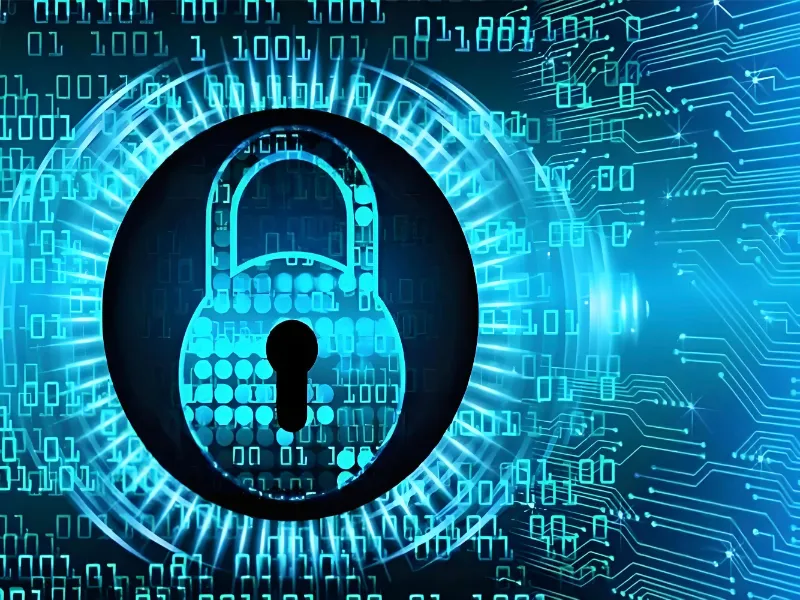- Cryptography in cybersecurity refers to the practice and study of techniques used to protect communications and data from adversaries.
- In cyber security, cryptography plays a vital role in ensuring confidentiality, integrity, and authentication.
Cryptography application helps to ensure the security of network communication, data transmission and storage, and is an indispensable part of network security system. As technology evolves and security needs change, cryptography techniques continue to evolve and improve to address increasingly complex cyber security threats.
What is cryptography in cyber Security
Cryptography in cybersecurity refers to the practice and study of techniques used to protect communications and data from adversaries. It involves using algorithms and keys to convert clear text (readable data) into ciphertext (unreadable data), making it difficult for unauthorised parties to access or understand the original information.
Also read: Cryptography startup Zama secures $73M to enhance data privacy
Important role of cryptography
1. Confidentiality: Encryption technology ensures that only authorised parties can access and understand sensitive information. Even if intercepted, encrypted data appears as random characters without a decryption key.
2. Integrity: Cryptography helps verify that data has not been altered during transmission or storage. Hash functions are typically used to create a fixed-size output (hash) that represents data integrity.
3. Authentication: Use encryption technology to verify the identity of the communication party. Digital signatures and certificates ensure that messages come from the intended sender and have not been altered.
4. Non-repudiation: This ensures that the sender cannot deny sending the message or executing the transaction, as the encryption mechanism provides evidence of the sender’s identity and the integrity of the message.
Also read: 3 recommended secure protocols for network address translation
Applications of cryptography in networks
1. Data Encryption and decryption: Symmetric Encryption uses the same key to encrypt and decrypt data, such as the Advanced Encryption Standard (AES) algorithm. Symmetric encryption is fast and suitable for encrypting large amounts of data. Asymmetric Encryption uses public and private keys for encryption and decryption, such as the Rivest-Shamir-Adleman (RSA) algorithm. Asymmetric encryption is used to securely transmit keys and verify digital signatures.
2. Digital Signatures and authentication: Digital signatures refer to data signatures using private keys to verify data integrity and the identity of the sender. It is often used to ensure the authenticity and non-repudiation of electronic documents. Certificates are based on public key infrastructure (PKI) and are used to verify the authenticity and legitimacy of public keys, such as SSL/TLS certificates used to encrypt Web connections.
3. Secure communication: Secure Socket Layer/Transport Layer Security (SSL/TLS) ensures the security of data transmitted over the network through encryption and authentication, preventing man-in-the-middle attacks. Virtual private network (VPN) refers to the use of encryption and tunneling protocols to connect remote users to a private network, protecting the security of data transmission over a public network.
4. Encrypt email: Use protocols such as Pretty Good Privacy (PGP) or Secure/Multipurpose Internet Mail Extensions (S/MIME) to protect the privacy and integrity of email.
5. Digital currencies and blockchain: The use of cryptography to ensure the security, transparency and immutability of transactions, such as cryptocurrencies such as Bitcoin and Ethereum.

